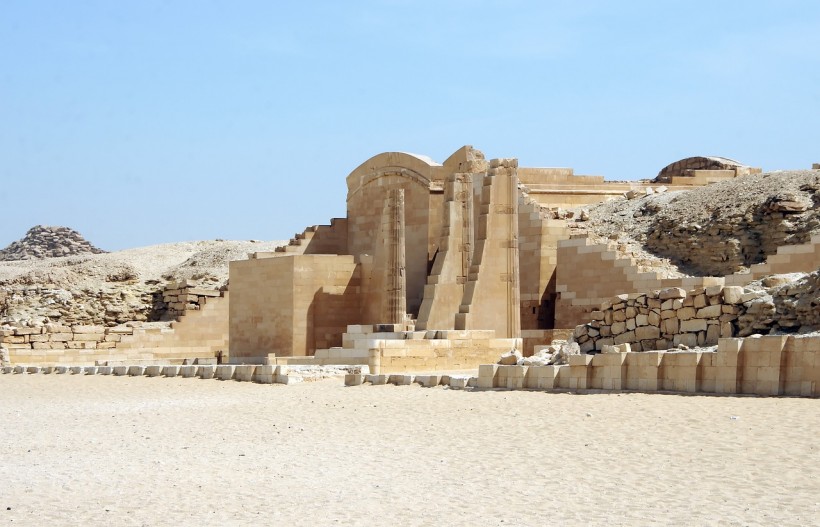Just recently, Egyptian authorities unveiled recent discoveries in the well-known Saqqara necropolis. These were ancient workshops and tombs.
Ancient Mummification Workshops and Tombs
According to Phys, Mostafa Waziri, the Supreme Council of Antiquities' secretary-general, notes that the mummification of humans and sacred creatures could have been the workshops' use. In terms of dating, these workshops go as far back as 380 B.C. to 343 B.C. (30th Pharaonic Dynasty) and 305 B.C. to 30 B.C. (Ptolemaic Period).
Per ABC News, archaeologists spotted clay pots and other artifacts inside these workshops. Waziri explains that these items could have been used for mummification and ritual vessels.
Sabri Farag, who heads the Saqqara archaeological site, also explains that the tombs were used for the burial of a priest of ancient Egypt's New Kingdom and an esteemed official of the New Kingdom, CBS News reports.
ALSO READ: 3,300-year-old Ancient Egyptian Chapel, Tombs Found in Historic Saqqara
Saqqara Necropolis
According to the Ministry of Tourism and Antiquities, the Saqqara is considered one of Memphis', one of the most historically important cities in ancient Egypt, most essential cemeteries. Its name is likely derived from Sokar, the deity of the necropolis.
The historic site showcases rich ancient Egyptian history. Noblemen and kings from the two earliest dynasties were buried in this area. The ministry also adds that the Step Pyramid of Djoser is located in Saqqara.
The area also contains some of the pyramids of some of the Old Kingdom's fifth and sixth dynasty kings. One pyramid, that of Unas, is the oldest burial chamber pyramid that is filled with various inscriptions. Such texts are referred to as "Pyramid Texts," which were added to protect the leader on his way to the afterlife.
The Saqqara is also known to hold the tombs of noblemen from the Old Kingdom. These burials are also decorated with texts and depictions of remarkable craftsmanship and beauty.
Aside from this, the Saqqara also features tombs that date back to the New Kingdom, Middle Kingdom, and First Intermediate Period.
The Serapeum is one of Saqqara's most important monuments. It is an underground gallery series where the Apis Bulls were buried from the 18th Dynasty all the way to the Ptolemaic Period. This Apis Bull was thought to be Ptah's incarnation, who was one of Memphis' most important deities. Only one Apis Bull existed at a time. When it ended up dying, the Apis Bull was buried with honor until a successor followed.
The Coptic Era of Egypt is also featured at this archaeological site. At present, the Saqqara also holds the Imhotep Museum, where artifacts that showcase its chronological span are showcased.
RELATED ARTICLE: Saqqara Necropolis Discovered with Late Egyptian Period Artifacts; Collection Included Cat Mummies, Sarcophagi, and Figures of Ancient Gods
Check out more news and information on Ancient Egypt in Science Times.





![Earth's Quasi-Moon Kamo‘oalewa Could Originate From Lunar Surface Not Asteroid Belt [Study]](https://1721181113.rsc.cdn77.org/data/thumbs/full/53275/89/56/50/40/earths-quasi-moon-kamo-oalewa-could-originate-from-lunar-surface-not-asteroid-belt-study.png)









